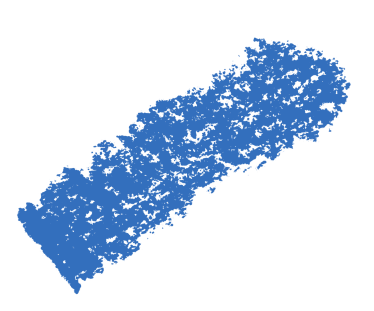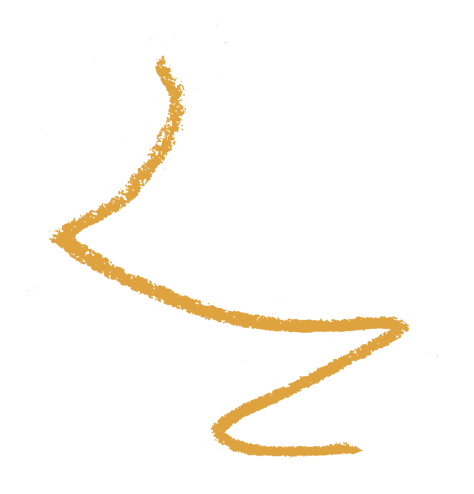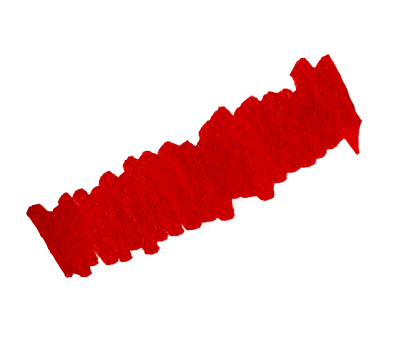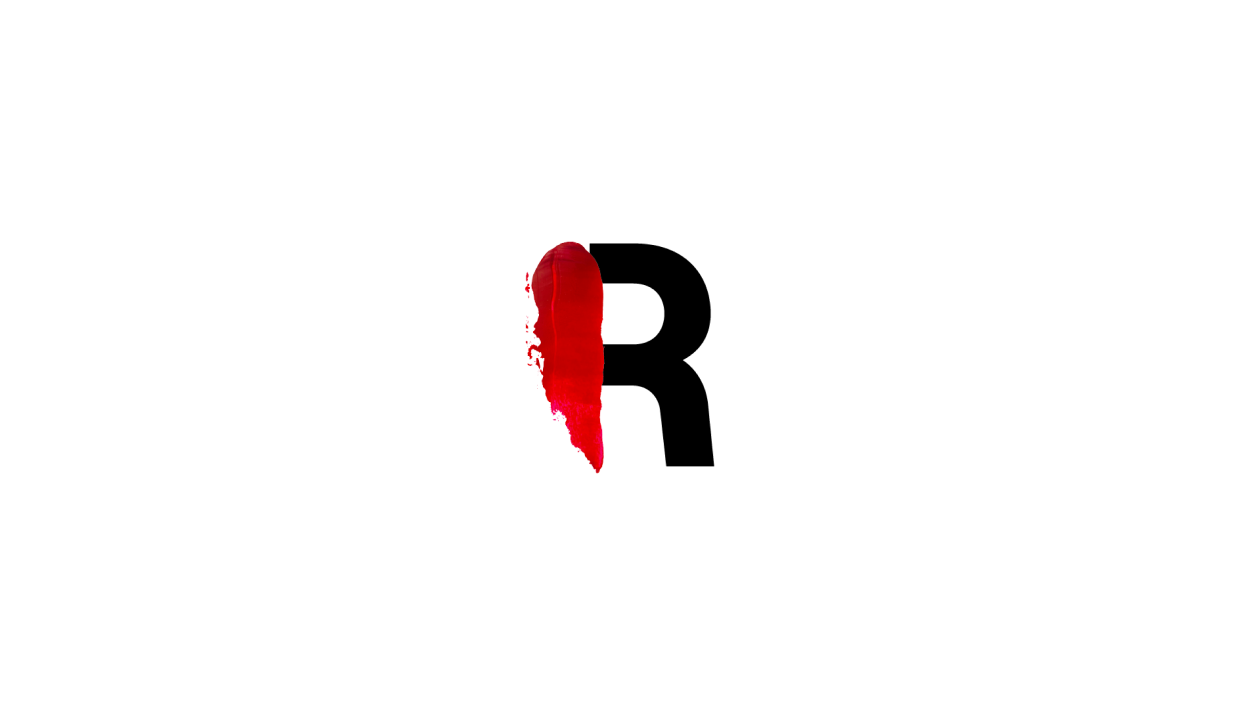
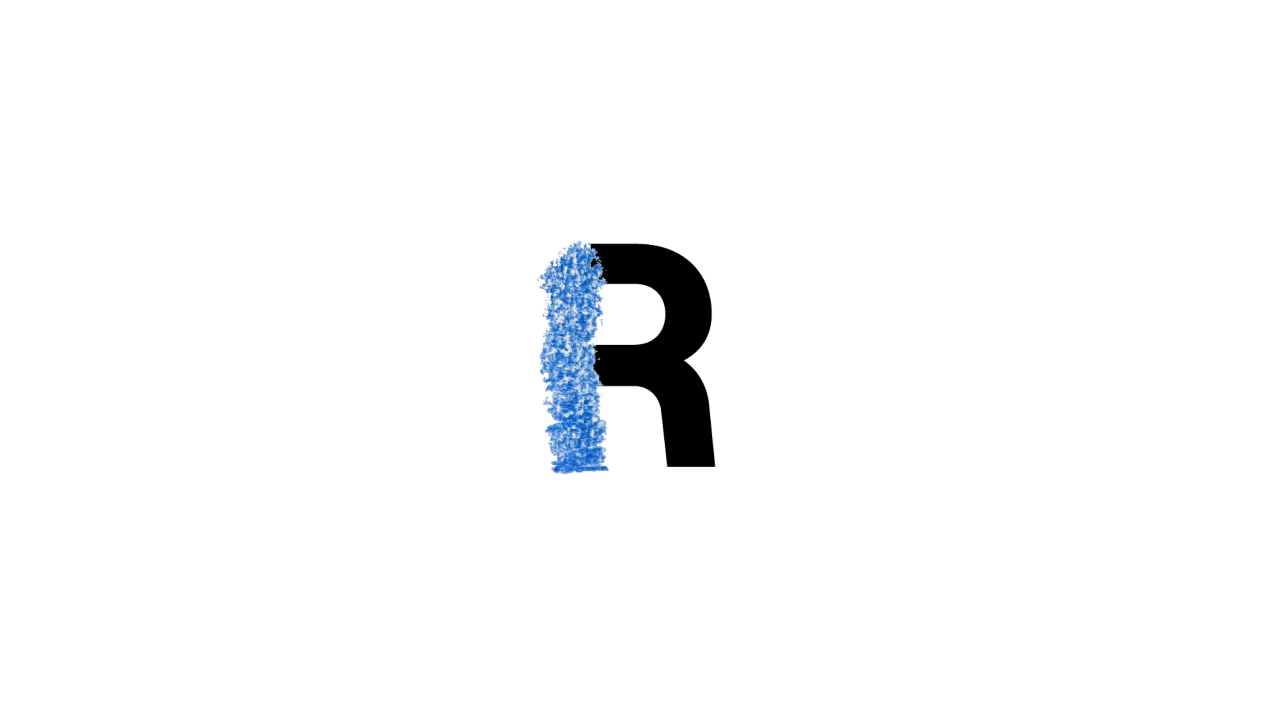
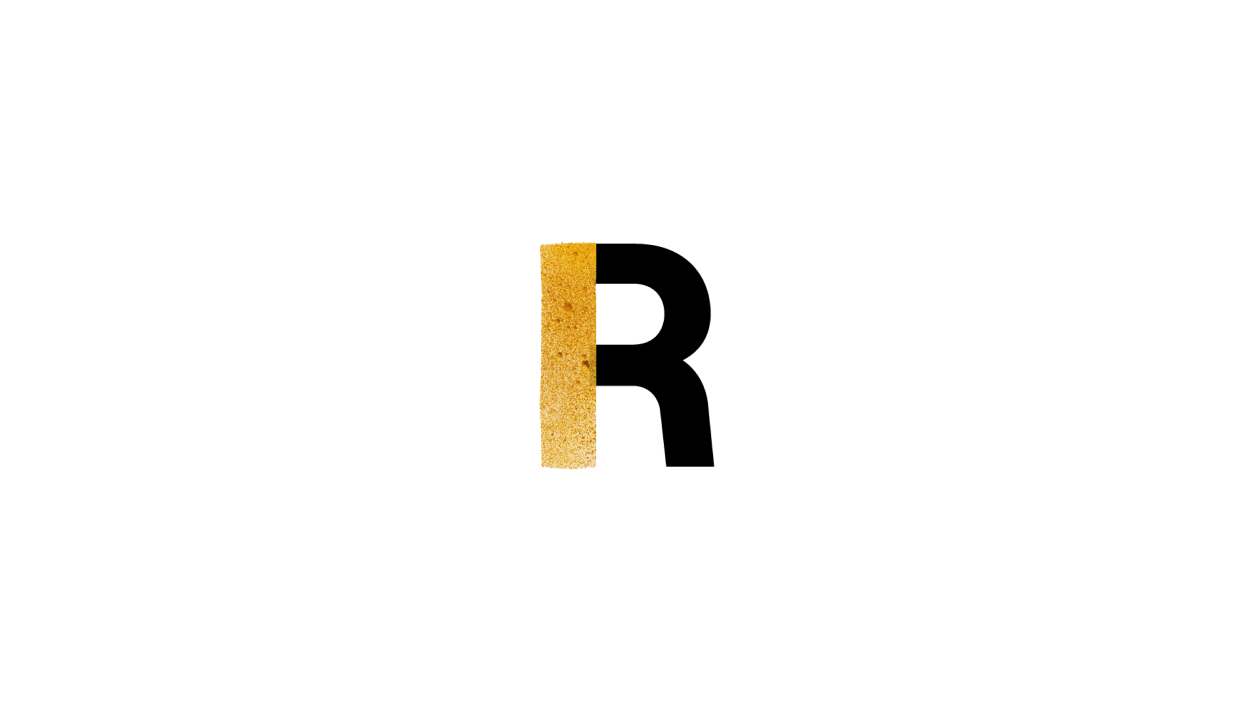
Quotes
Read more
Abstraction and Automatism
I never thought my paintings were abstract. When my paintings were called abstract, I opened the dictionary and read: “coming from.” So I concluded: I am not abstract, because I go towards. Some may consider my paintings to be abstract, but my approach is not abstract at all, quite to the contrary. My painting has also been described as a form of automatism. This is in reference to the automatic writing of the surrealists. My painting has nothing to do with automatism.
(Philippe Briet, excerpts from an interview published in the catalog of the Riopelle exhibition Peintures, estampes, Musée des beaux-arts et Hôtel d’Escoville, Caen, May 2-July 15, 1984.)
Family
When asked about his profession, my father would say he was “bourgeois” because he lived from the rent of the houses he had built. My mother stayed at home, but she had a good business sense. I was an only child.
My father was always good about letting me do what I liked [….] Then, as he himself loved to draw, he thought it would naturally lead me to something else. When he realized that he had no other choice, he tried to introduce me to other fields. I could have become an architect but, I don’t know why, when I was 17, I decided to go to Polytechnique. Probably because of my ambition, but also because I liked mathematics. In the end, I left Polytechnique after three years and said to myself: that’s enough, I’m painting.
(Philippe Briet, excerpts from an interview published in the catalog of the Riopelle exhibition Peintures, estampes, Musée des beaux-arts et Hôtel d’Escoville, Caen, May 2-July 15, 1984.)
Painting as an illness
Painting is akin to an illness. Someone suddenly decides that, with or without means, he is going to paint, and then he paints all his life…
(Monique Brunet-Weinmann, “Riopelle : les fins des commencements / Riopelle, Musée des beaux-arts de Montréal”, Vie des arts, vol. 36, no 145, Winter 1991-1992, p. 30–37.)
Apprenticeship at the École des beaux-arts
Imagine, I paint a still life, without any model or effort on my part. They say it’s genius, I believe myself to be an artist. Do you see my essence, appearing next to Mâtisse [sic], to Renoir. […] Joking aside, I don’t believe that time spent at their school is entirely wasted. I doodle in the morning and even in the evening; it lets me practice and helps me to draw with much less trial and error than in past years.
(Hélène de Billy, Riopelle, Montréal, Art global, 1996, p. 31. From a letter to his friend Jean Lespérance, 1947)
Passion for sports and cars
I wanted to become an engineer, an automobile mechanic. Or a professional hockey player. I became a painter. We’re always struggling against something.
[…] I had, I still have, a great love for the world’s most beautiful automobiles. There are still a few in my garage at Saint-Cyr, in France, and their engines are turned over on a regular basis. Speed? Yes, I raced cars, and seriously. But I also flew planes. And rode motorcycles. I know all about speed. […] There’s a garage named after me, still, near the course at Bridge-Hampton, in the United States, in honour of my starting last, and finishing… a good last. It was to be expected; my car was the least powerful. I got a hand all the same; I was treated with respect. That’s the automobile for you: a moral code, a code of ethics. A Rolls always lets a Bugatti pass — at least that’s the way it should be.
(Érouart-Riopelle interviews – conducted in the fall of 1992 and winter of 1993 on Île-aux-Oies, in Gilbert Érouart, Jean Paul Riopelle, Donald Winkler, and Fernand Séguin. Riopelle in Conversation. Toronto: House of Anansi, 1995, p. 4-6. Trans. Donald Winkler.)
Signatures
A signature? Pointless. Every time I’ve signed a canvas, I’ve felt silly. You don’t stop the evolution, the development of a canvas by signing it. The canvas belongs to itself. It is its own, not the painter’s. A signature is grotesque. It means: “I’ve finished!” Finished what? Stupid, no?
(Érouart-Riopelle interviews – conducted in the fall of 1992 and winter of 1993 on Île-aux-Oies, in Gilbert Érouart, Jean Paul Riopelle, Donald Winkler, and Fernand Séguin. Riopelle in Conversation. Toronto: House of Anansi, 1995, p. 14. Trans. Donald Winkler.)
Becoming an animal
And Ile aux Oies… I’ve come hunting here for a long time. I’m here for the geese. Like them, I belong to the island. To have a drink at the “Bateau ivre,” the restaurant set up on a wreck on the other side, on the headland of Ile aux Grues, and to watch the sun sink into the Saint Lawrence… To be there with Rimbaud…
(Érouart-Riopelle interviews – conducted in the fall of 1992 and winter of 1993 on Île-aux-Oies, in Gilbert Érouart, Jean Paul Riopelle, Donald Winkler, and Fernand Séguin. Riopelle in Conversation. Toronto: House of Anansi, 1995, p. 23. Trans. Donald Winkler.)
Nature
[…] For me, in its organization, nature is my source. But others can see what they want. In general, I thinks that things when they are organized are part of nature, that’s what I mean by nature.
[…] So nature for me is what’s alive in that season, it’s the details; and that’s what interests me. It’s what prevents me from ever being bored when I’m out in nature. I love to hunt, I love to fish, and all of that. I also think that has a lot of influence on what I do.
I think the influence is quite immediate, because I see it in the paintings that come out of such an experience, for example, if I’ve just made a voyage to Corsica… I’ll tell you for sure when I get back to painting, but the plane trip from Bas-du-Fleuve to here, losing altitude all the time, with these red woods, I don’t know if it will happen, but it seems to me something should come out of it — not the red, but an organization of all that. In any cases, I’ll let you know later!
(“Fernand Seguin rencontre Jean Paul Riopelle”, Le sel de la semaine, Radio-Canada, Octobre 28, 1968 — in Gilbert Érouart, Jean Paul Riopelle, Donald Winkler, and Fernand Séguin. Riopelle in Conversation. Toronto: House of Anansi, 1995, p. 85-86. Trans. Donald Winkler.)
Youth
Afterwards, I would often continue. Even while skiing, I would sit on the ski slopes and paint. Those are my memories of that time. It was very strange, because we had this idea that we shouldn’t cheat. So obviously, the paintings of the Impressionists made no sense to either of us; we said: “They’re cheating. They are people who don’t do what they see.” At a certain point, we had gotten so good at reproducing what we saw that my teacher never even made a correction. He painted to one side and I painted on mine. He loved to paint, he loved to make sculptures. He didn’t have time to waste with me. So we each painted on our own, but we could have exchanged our paintings: nobody would have known who had done one and who had done the other. We were both imbued with the same thing, which was very strange. There comes a time when an exact copy of nature makes it impossible for the viewer’s eye to believe. A reflection in a glass―like this one, for example―if I paint it exactly, nobody will say it’s real. They will say: “That’s exaggerated,” because people don’t know how to see. This led us to a horrendous dead-end. We wanted to copy nature, with the reflection and the glass and everything… We looked like idiots who don’t know how to paint a glass of red wine. A glass of red wine depends on what’s around it. So we were stuck with that. At that time, I also had a passion for mathematics, thanks to the very same Mr. Bisson, and my father said: “He’s not going to start painting”. That’s how I began at Polytechnique.
(Lise Gauvin, “Entretien avec Jean Paul Riopelle. Les artistes sont-ils révolutionnaires ?”, Vie des arts, vol. 39, no 161, Winter 1995, p. 14.)
Nature as documentation
I won’t touch a paintbrush again until I’m back in nature and able to document it.
(Tiré de Guy Viau, “Six peintres canadiens. Reconnaissance de l’espace,” Notre Temps, Montréal, July 12, 1947, p. 5. Cited in Guy Viau, Riopelle Exhibition Catalogue, Ottawa, National Gallery of Canada, 1962.)
Figurative art
[…] I am neither for nor against figurative art. If you want to do figurative or if you want to do non-figurative art, it’s not important. Is Courbet figurative or non-figurative? That depends. One interprets it as one wants. […] Where does art come from? Where does art go? The judgment can be made fifty years after, as in front of a Mondrian, by saying that they are the bars of a prison! Now they say that these are beautiful landscapes in Holland, seen from the air. What did Mondrian think? I don’t know!
(Laurent Lamy, “Un peintre québécois connu dans le monde entier : Riopelle,” Forces, no 28, 3rd quarter, 1974, p. 44.)
Abstraction and figuration
There is no abstraction or figuration: there is only expression, and to express oneself is to place oneself in front of things. To abstract means to remove, to isolate, to separate. To the contrary, I seek to add, approach and link.
(Guy Robert, Riopelle chasseur d’images, Montréal, Éditions France-Amérique, 1981, p. 272. From: Jean-Paul Riopelle ” D’hier à aujourd’hui,” Exhibition Catalog, April 28-June 25, 1990, Fondation Maeght, Saint-Paul-de-Vence, Éditions Maeght, Paris 1990, p. 31.)
Method of painting
I can’t paint if I’m being watched. No distractions, no spectacle. I paint in one go, without a break, whether it’s one or ten canvases, without asking myself when it starts or ends, completely absorbed in the action of painting. Did an hour pass or was it a night, I don’t know!
(Guy Robert, Riopelle chasseur d’images, Montréal, Éditions France-Amérique, 1981, p. 272.)
Appreciating a work of art
For me, nature is the only reference. It is the only place freedom exists, alongside the strongest constraint. A tree can only grow in one way. There is no tragic, elegiac or joyful way to be a tree. There is only the right way.
(Pierre Schneider, “Au Louvre avec Riopelle” in Les dialogues du Louvre, Paris, A. Biro, 1992. Also published in Riopelle été 67, Québec, Musée du Québec, 1967, p. 28.)
Automatism and et surrealism
Any kinship our movement has with the Surrealists is purely to do with thought. We do not believe that the Surrealist view on painting is accurate enough. […] What we are sure is that our painting has nothing in common with the currently popular Surrealist imagery.
(Monique Brunet-Weinmann, “Genèse d’une signature” in Yseult Riopelle (ed.), Catalogue raisonné de Jean Paul Riopelle, 1939-1953, tome 1, Montréal, Hibou éditeurs, 1999, p. 120. From: Pierre Descargues, “Automatisme,” Arts, Paris, 27 juin 1947.)
Painting: losing track of time
[…] I have to launch myself, to find the angle of attack before really starting to paint. Then, island or mainland, there is no more notion of time. No more distinction between day and night, between evening and morning; noon equals midnight… When I paint, it is no longer the sun that gives rhythm to my daily life, but the technical aspects. The colors that I ordered and that don’t arrive, the paper that I absolutely want but that can only be found in Paris… Too often, the disappointment of not being able to use the material of the past.
(Érouart-Riopelle interviews – conducted in the fall of 1992 and winter of 1993 on Île-aux-Oies, in Gilbert Érouart, Jean Paul Riopelle, Donald Winkler, and Fernand Séguin. Riopelle in Conversation. Toronto: House of Anansi, 1995, p. 36. Trans. Donald Winkler.)
